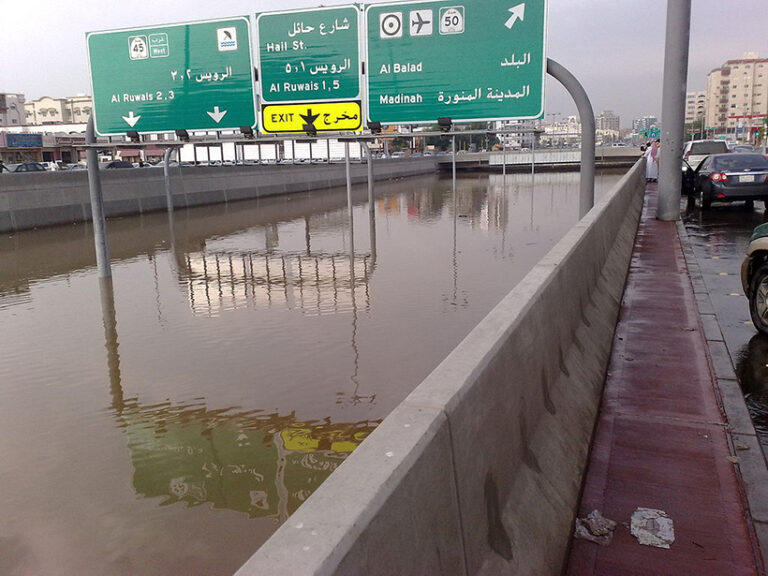The Middle East’s climate is predominantly hot and dry, but extreme precipitation events, though infrequent, are critical for recharging freshwater supplies and can lead to devastating floods. Researchers are working to better understand the drivers of these events, especially in light of climate change. Previous studies have linked heavy rainfall to two atmospheric features: stratospheric potential vorticity (PV) intrusions and atmospheric rivers, yet few studies have combined data on both.
In this study, de Vries et al. developed an algorithm integrating PV and atmospheric river data to detect extreme precipitation in regions of eastern Egypt, southern Israel, Jordan, and Saudi Arabia. They analyzed data from 1979 to 2015 and identified four significant precipitation events that caused substantial casualties and economic losses, demonstrating that both PV and IVT features were present in all cases.
Their climatological analysis showed these features accounted for nearly 90% of extreme precipitation days and were linked to seasonal rainfall patterns. While some false alarms occurred, the absence of high tropospheric moisture often explained dry days despite the presence of PV and IVT. The algorithm proved effective in correlating PV and IVT with significant rainfall, suggesting it could enhance weather forecasting and understanding of extreme precipitation in a changing climate.
Source link


